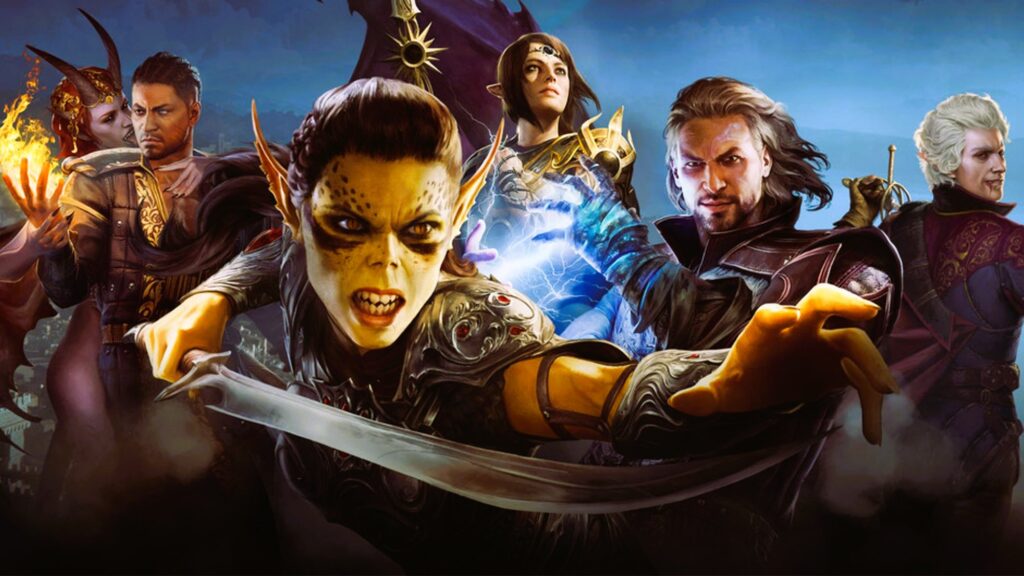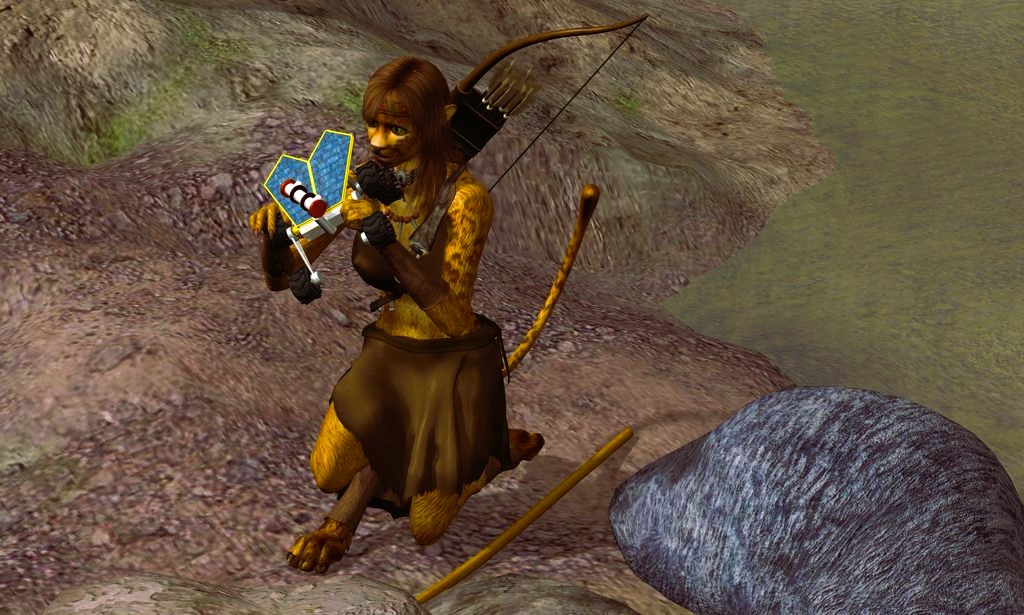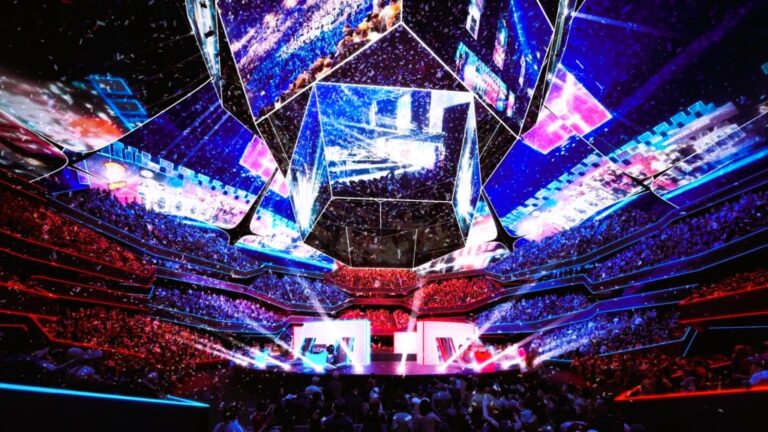Alright, game devs—let’s get real. You’ve got an awesome game, maybe even the next indie smash hit, but there’s a problem: your pitch deck sucks. And I don’t mean that in a harsh way—I mean it in the “you’re making simple mistakes that are totally fixable” way.
A bad pitch deck is like a buggy game at launch. It doesn’t matter how great the core mechanics are—if investors, publishers, or partners can’t see the magic clearly, they’ll walk away. So let’s go over the 10 biggest mistakes you need to avoid if you actually want to get funding, partnerships, or publishing deals.
Oh, and if you’re wondering what a perfect pitch deck should look like, check out this guide on game pitching for some extra insight.
1. Wall of Text Syndrome – TL;DR = No Money for You
Investors and publishers don’t want to read your game’s entire backstory like it’s the next Elden Ring lore dump. Keep it tight. If your slides are drowning in text, people will glaze over before they even get to your best points.
🔥 How to Fix It:
- Use visuals: Screenshots, gifs, trailers—show, don’t tell.
- Bullet points > Paragraphs: Stick to 3-5 key points per slide.
- One slide = one idea: Keep things clean and digestible.
2. No Hook – Why Should They Care?
Your game might be fun, but why should someone invest in it? If you don’t establish your Unique Selling Point (USP) within the first 30 seconds, you’ve already lost half the room.
🔥 How to Fix It:
- Start with a bang: Open with your game’s biggest strength (visuals, unique mechanics, story, etc.).
- One-liner magic: Think of it like an elevator pitch. Can you sell your game in one killer sentence?
- Compare wisely: If your game is “Minecraft meets Dark Souls,” say it. People need an easy frame of reference.
3. No Actual Gameplay – Show, Don’t Just Hype

Your concept art is fire, but publishers aren’t buying just the idea. They want to see real gameplay. If you don’t include game footage, playable prototypes, or at least some animated mockups, your pitch feels hollow.
🔥 How to Fix It:
- Include a gameplay GIF or short clip on key slides.
- If early in development, use a vertical slice—a small, polished part of the game that shows off mechanics.
- Show UI/UX—let them see how the game actually plays, not just how it looks.
4. Vague Monetization Strategy – No $$$ = No Deal
If you don’t clearly outline how your game makes money, you’re dead in the water. Investors and publishers need to know there’s a real plan behind your hype. Read more about how game development studios can offer their services to other companies in our article.
🔥 How to Fix It:
| Monetization Model | Description |
|---|---|
| Premium (One-Time Purchase) | Buy once, play forever (ex: Stardew Valley). |
| F2P with IAPs | Free-to-play with cosmetic/microtransactions (ex: Fortnite). |
| Subscription Model | Monthly fee for access (ex: Apple Arcade). |
| Ad Revenue | Monetized through in-game ads (ex: many mobile games). |
Be clear about which model fits your game and why it works.
5. No Market Research – Who’s Playing This?
Saying “everyone will love my game” is a lie. If you don’t know your audience, why would an investor take the risk?
🔥 How to Fix It:
- Who are your competitors? List 2-3 similar games and their success stats.
- What’s your player base? Define your target audience (casual gamers, esports players, RPG fans, etc.).
- Show trends: Is your genre growing? Is there a demand? Use data to back it up.
6. Overpromising Features – Hype, but Keep It Real
Saying your indie team of three is gonna build an open-world MMO that rivals World of Warcraft? Nah. Investors can smell BS a mile away.
🔥 How to Fix It:
- Be realistic: Focus on what your team can deliver.
- Prioritize core mechanics: Highlight the most fun & unique aspects of the game.
- Show a roadmap: A timeline with clear milestones builds trust.
7. Boring Visuals – This Ain’t a School PowerPoint
If your pitch deck looks like it was made in 1998, you’re losing before you even start.
🔥 How to Fix It:
- Use high-quality images of your game.
- Match your game’s aesthetic—if your game is cyberpunk, your slides should reflect that.
- No clutter—keep slides simple, clean, and engaging.
8. Ignoring Technical Challenges – Investors Want to See Risks
If you act like your game has zero development risks, you seem naïve or inexperienced.
🔥 How to Fix It:
- Acknowledge challenges: Is AI tricky? Multiplayer networking tough? Say it.
- Show how you’ll handle them: Are you hiring extra devs? Using Unreal Engine plugins? Explain your solutions.
- Tech Stack Table Example:
| Feature | Tech Used |
|---|---|
| Engine | Unity / Unreal Engine 5 |
| Multiplayer | Photon / AWS GameLift |
| Physics | Havok / Bullet Physics |
9. No Call to Action – What’s the Next Step?

You gave a great pitch, but what now? If you don’t guide the next step, they’ll just move on.
🔥 How to Fix It:
- Clearly state what you need—Funding? Publishing? Marketing help?
- Make it easy to follow up—Put your contact info front and center.
- Leave them excited—End with a strong, confident closing statement.
10. Not Practicing the Pitch – You Gotta Sell It
Even a perfect deck won’t save you if you stumble through the pitch like you just woke up.
🔥 How to Fix It:
- Rehearse like your life depends on it.
- Record yourself pitching—watch for awkward pauses or over-explaining.
- Get feedback—practice in front of friends, fellow devs, or mentors.
At the end of the day, your pitch deck is your first boss battle—and you want to clear it on the first try. Avoid these 10 mistakes, polish your presentation, and get ready to blow minds.
And if you wanna dive deeper into game pitching strategies, check out this Wikipedia article on Game Design for more inspiration.
Now go out there and sell that game like a legend.




